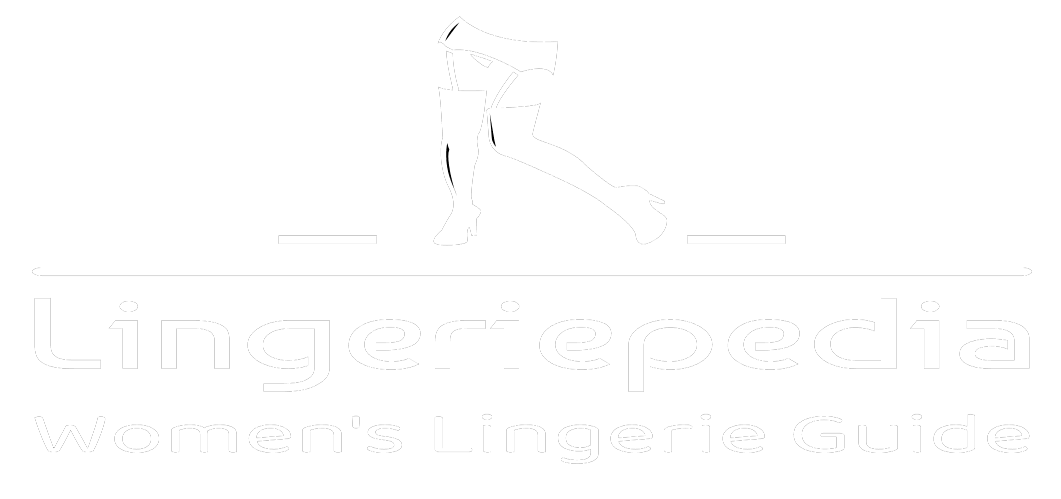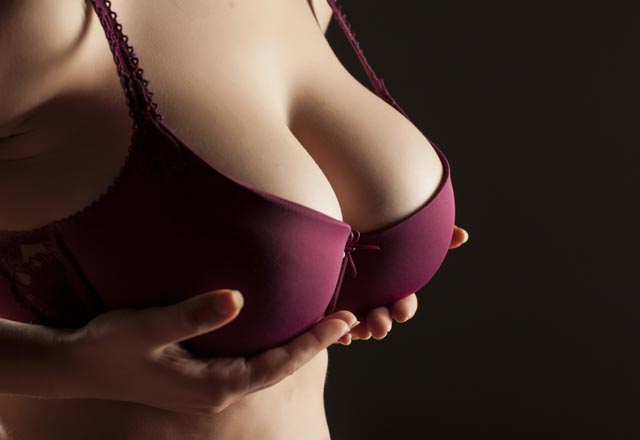Breast implants are considered prosthesis that are placed surgically to enhance the look and feel of a woman’s breasts.
There are many reasons women like to get have this procedure done including breast replacement after mastectomy, cosmetic reasons, gender change and breast reconstruction due to any number of problems. Over the years there have been several types of breast implants created – here we will talk about a few.
Silicone
The most widely used types of breast implants is the silicone variety. These implants are a silicone shell filled with silicone gel. Over the years, they have gone through several redesigns to provide the most lifelike breast reproduction. During the 90’s they were redesigned to be thinner and feel more natural but this made them more prone to leaking and rupturing. Today’s silicone implants are made with tougher shells and filled with thicker silicone gel to prevent bleed and leakage. These implants cost roughly twice as much as saline.
Saline
Saline breast implants are significantly cheaper, safer and since they are filled after insertion, scarring is minimized. The one complaint with this type of breast implants is the look and feel. These implants are more prone to rippling and tend to be less soft than silicone implants. On the plus size, saline implants are easier to insert and the volume can be adjusted on the fly so to speak. Your surgeon can micro adjust the implants during the procedure to give them a uniform look.
Combination
For a short time, there was a combination saline and silicone option. These were developed to give the look and feel of silicone with the safety feature of saline. This implant was basically an implant within an implant, a silicone filled implant surrounded by a saline implant. Due to the complex construction of these implants, the failure rates were much higher. Today this variety of breast implant is rarely if ever used.
Gummy Bear Implants
Otherwise known as cohesive gel implants, they are the newest type of implant. So new in fact, they are not yet approved for use within the US, though many successful surgeries have been completed outside of the US.


